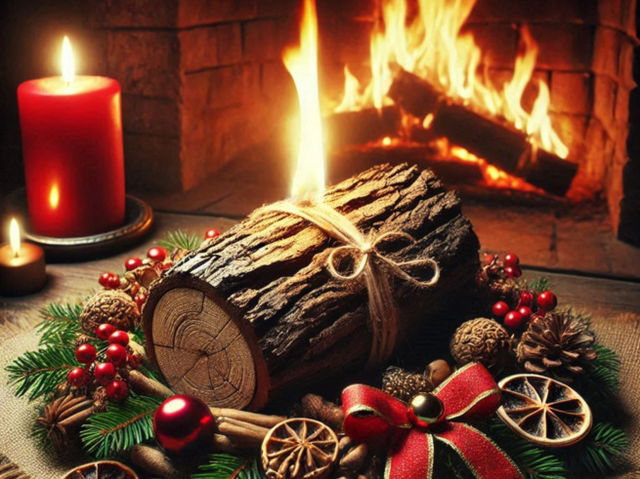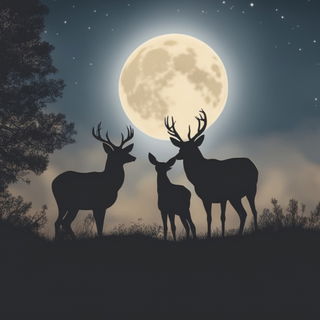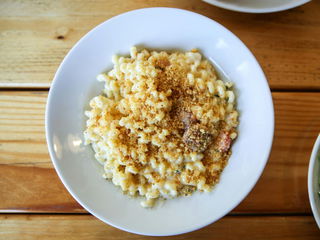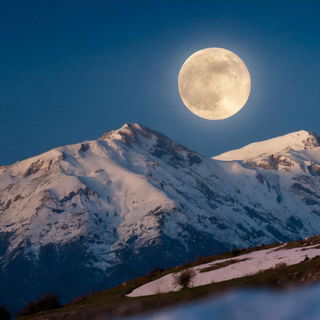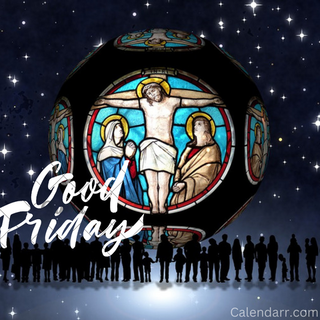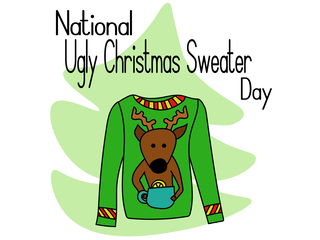Yule
Yule, the pagan celebration is celebrated every year on Winter Solstice, i.e., December 21st, the shortest day of the year.
The celebration lasts for 12 days as it is believed that the 12 days between the winter solstice and the beginning of the solar year is a very sacred period that belongs neither to the old nor the new year.
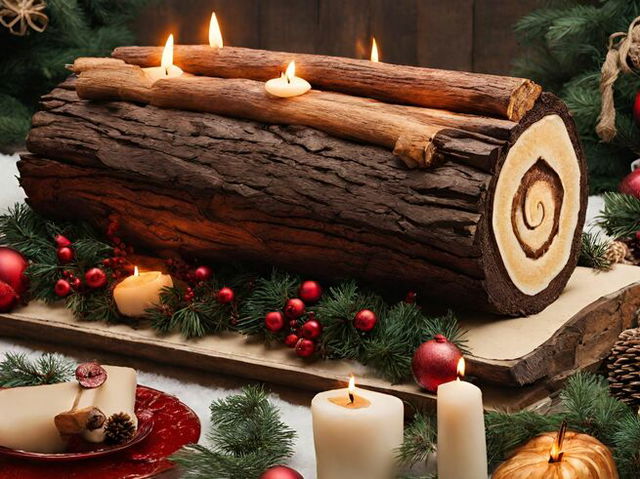
Yule is a time of gratitude for nature, the seasons, and the eventual triumph of light over darkness. It has its roots in ancient pagan traditions.
Another name for Yule is Yuletide and there are several cultural origins to the celebration of the birth of Jesus Christ that we now call Christmas.
Yule was a pagan festival observed by Germanic tribes, Vikings, and other pre-Christian groups. The original purpose of this festival was to celebrate the winter solstice.
So What Exactly is Yule?
Yule is an ancient winter festival with pagan origins that takes place around the winter solstice. Its origins can be traced back to Norse, Germanic, and other pre-Christian European cultures.
Yule is the shortest day and longest night of the year, occurring in the Northern Hemisphere between December 20th and 23rd.
Yule Traditions and Rituals
- One of the main traditions of Yule involves the symbolic lighting of the Yule log which represents the sun's return and the triumph of light over dark. Families usually choose a big log, usually from the oak tree to burn in the hearth to create an inviting and joyful atmosphere.

- Another essential part of Yule is feasting and wassailing, which bring communities together in joyous gatherings.
- Other rituals include sharing meals loaded with mouthwatering seasonal treats representing the abundance of winter.
- Drinking spiced beverages like mulled wine or cider while wassailing, a tradition of toasting to health and prosperity, adds to the festivities.

- Evergreen plants like holly, ivy, and mistletoe are important aspects of Yule decorations. People use these plants to decorate their homes, making them feel festive and natural.
- Yule trees, decorated with lights, ornaments, and nature symbols, add a magical touch to households. They symbolize life and nature's strong spirit, especially during the winter months.
- Evergreen wreaths and garlands made from holly and other stout plants are symbols of life. Mistletoe, hung in homes, brings joy and connection, symbolizing love and fertility.
Modern Pagan and Wiccan practices have it that Yule is sacred in the Wheel of the Year. The rituals during this time help in introspecting, expressing gratitude, and setting new resolutions for the upcoming seasons.
Many Pagans and Wiccans celebrate the rebirth of the Sun God during Yule, marking the return of longer days.
Yule traditions have spread throughout the world, each with its own distinct expression. St. Lucia's Day is celebrated in Scandinavia with white robes and candle crowns. Germany's Advent wreath, complete with candles, increases anticipation for the holiday season.
Yule blends with modern Christmas, popularizing traditions such as the Yule log and evergreen decorations. Its traditions, centered on nature and community, represent the timeless spirit of joy associated with the winter solstice.
History of Yule
Yule has its origin in the ancient Celtic and Norse traditions where the festival marked the beginning of the winter solstice.
The term "Yule" is also said to have its linguistic roots in Old Norse, where "jól" refers to a winter solstice festival.
Among the Norse people, Yule was a time of feasting, merriment, and profound symbolism. The festival celebrated the rebirth of the sun, symbolizing the triumph of light over darkness as the days lengthened once more.
Yule was associated with the celebration of Alban Arthan, a festival commemorating the victory of the Oak King over the Holly King, in Celtic traditions. The cyclical nature of the seasons was symbolized by this mythological duel between the kings, with the Oak King representing the waxing sun and the Holly King representing the waning sun.
6 Yule Facts That You Should Know
- Yule often takes a backseat to Christmas today, but many Christmas traditions have roots in Yule customs.
- The Yule cat is a mythical creature in Icelandic folklore that is said to threaten those who do not have new clothes by Christmas Eve.
- The connection between reindeer and Santa Claus dates back to Yule, when Odin, who was linked to Santa, was said to ride an eight-legged horse.
- Yule usually lasts for twelve days, signifying the time between the winter solstice and the return of longer days.
- The Yule log tradition inspired the Yule log cake, a rolled sponge cake shaped like a log that is popular in Europe.
- In Celtic mythology, Yule is associated with the battle between the Oak King and the Holly King. The waxing year is represented by the Oak King, while the waning year is represented by the Holly King.
You might like to read these articles next:
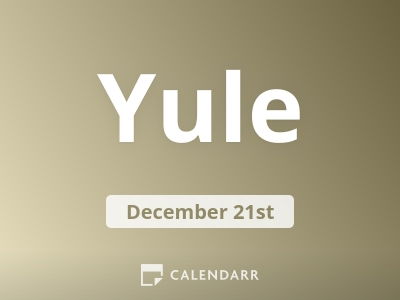
Other Celebrations
-
Jan 07 Tue
-
Feb 02 Sun
-
Dec 21 Sun
-
Dec 25 ThuChristmas Day Holiday

Yule - Next years
Monday, 21 December 2026
Tuesday, 21 December 2027
Thursday, 21 December 2028
